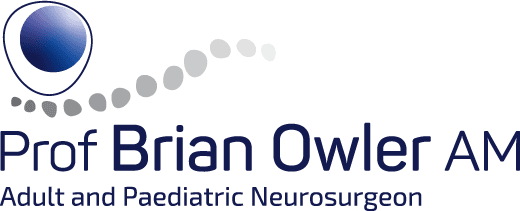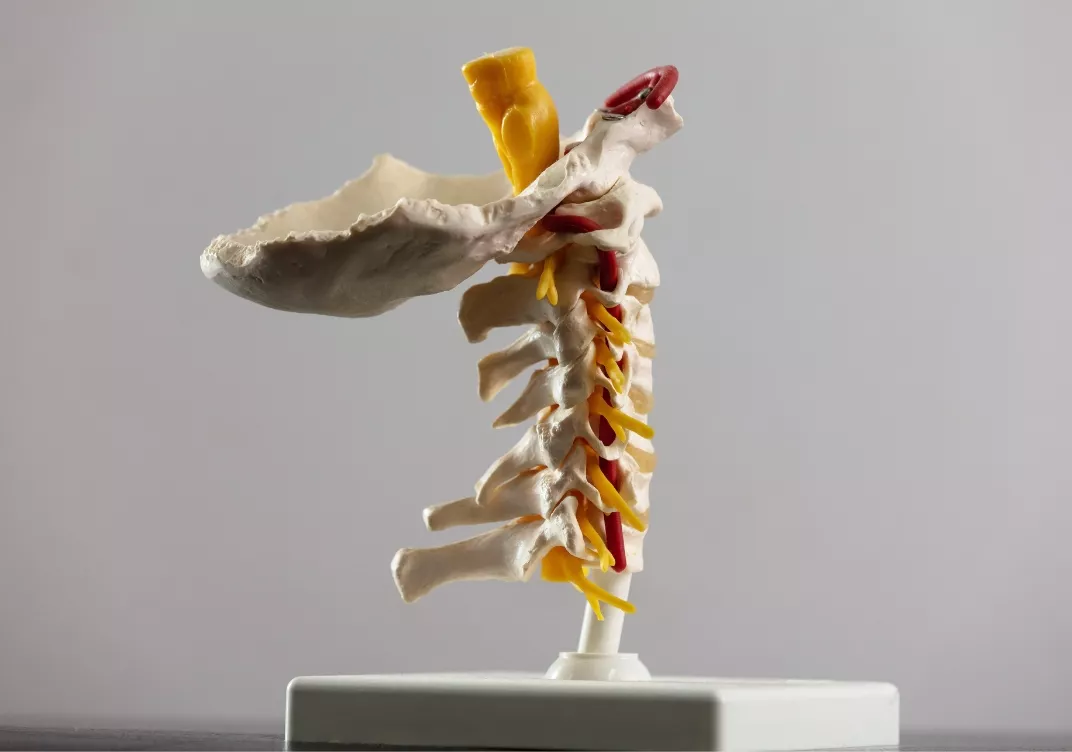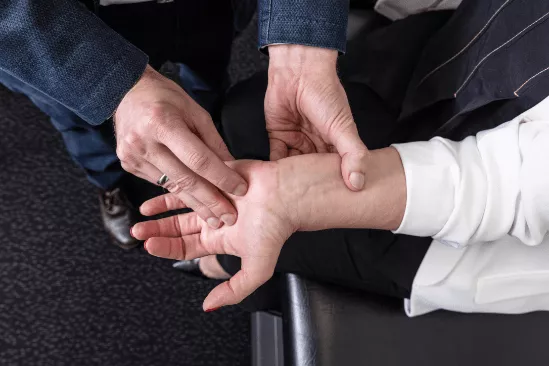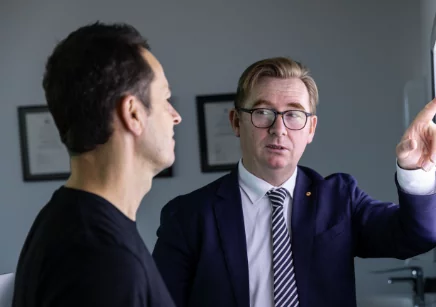



Conservative management includes physiotherapy, chiropractic, massage and acupuncture, etc. Most of these treatments are aimed at symptom control. Great caution should be taken when considering even conservative forms of management with a cervical radiculopathy so as not to worsen the condition. An increase in the size of disc protrusion through manipulations may result in spinal cord compression and serious adverse neurological consequences. Gentle exercise, stretches and mobilisation are sometimes used are better suited to when symptoms begin to settle. Traction may reduce the bulge or protrusion temporarily. Discs do however shrink and in some cases, disappear over time. This is most likely due to a natural healing process.
In the initial stages, when pain is severe, bed rest and analgesia are advised. Analgesics should be prescribed by the general practitioner. It may include painkillers such as codeine and paracetamol along with anti-inflammatories. When the initial pain begins to improve, physical therapy with a focus on gentle exercise and stretching is appropriate. Exercises and activities are normally gradually upgraded as the pain resolves. Most patients (80-90%) will be successfully managed in this manner.


